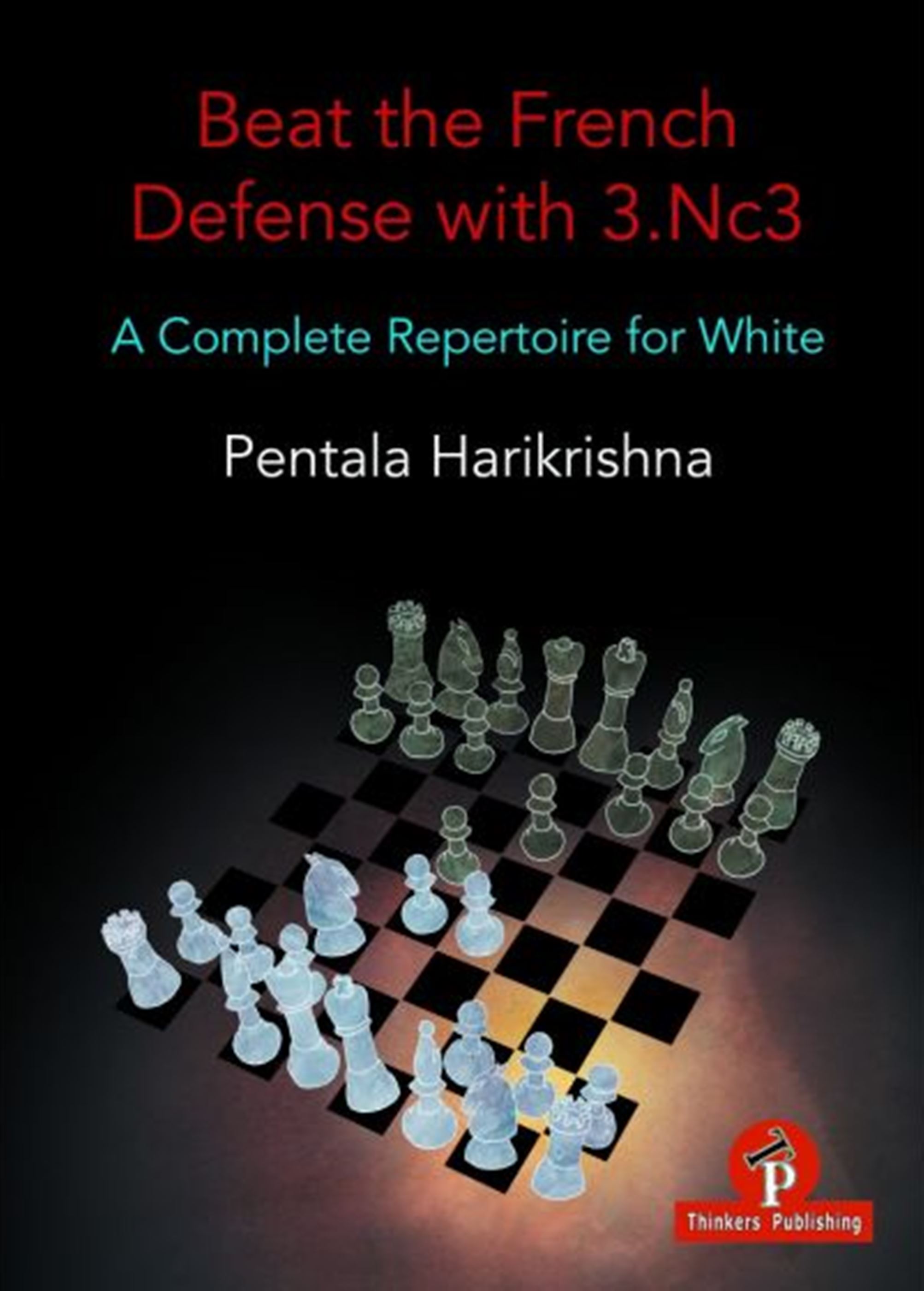Nowadays writing a book on the opening is always quite demanding, especially from the White side. With strong engines and correspondence games readily available to almost anyone in the world, it is hard to prove an advantage for White. Being able to come up with new ideas and having multiple weapons at your disposal, is a definitive must in modern chess, and besides dealing with various sidelines, this book is really about having a fresh look at the French defense.
The French Defense was my main opening with Black while I was striving towards the GM title at the turn of the century. Quite often, I was able to use it to drag my opponent into a complicated maze of deep analysis, so I have intimate knowledge of the tricks used on the other side of the ‘barricades’. This helped me craft a solid base for our present repertoire, and many of the ideas presented in the book have brought me fine victories against some of the strongest French exponents as well.
Variations are ordered according to their importance – if you are looking to start building your repertoire against the French Defense ‘from scratch’, the initial chapters will teach you how to deal with various suboptimal systems Black can employ. Gradually you will work your way through to 3…dxe4, 3…Nf6 and 3…Bb4, the most principled systems for Black.
I believe this approach will also help you build confidence, learning how to fight for advantages under objectively better circumstances first, without being burdened by heavy theory. Not to mention the practical value of learning such lines: these dodgy lines are quite frequent guests in short time controls and in online blitz.
If you are an advanced reader, you might jump right into the three most principled systems – the slightly passive Rubinstein (3…dxe4) and Black’s most fighting weapon 3…Nf6 and 3…Bb4. While the book is an ode to new ideas (and you will learn how to deal with all of the main lines with a fresh approach), I took the liberty of expanding your arsenal by offering both original and conservative (read: more theoretical) alternatives against 3…Nf6.
Besides giving you a deep and refreshing look at the French Defense, I am also hoping you gain a broader appreciation for how seemingly innocent ideas can often turn into dangerous ones, especially from the practical point of view. In many places you might discover that my recommendation is not the ‘best’ (as per the engines), but I believe in creating the most unpleasant situations for my opponents instead of fighting against their computer.
Stay safe, study chess and fear the French Defense no more!
— P. Harikrishna



